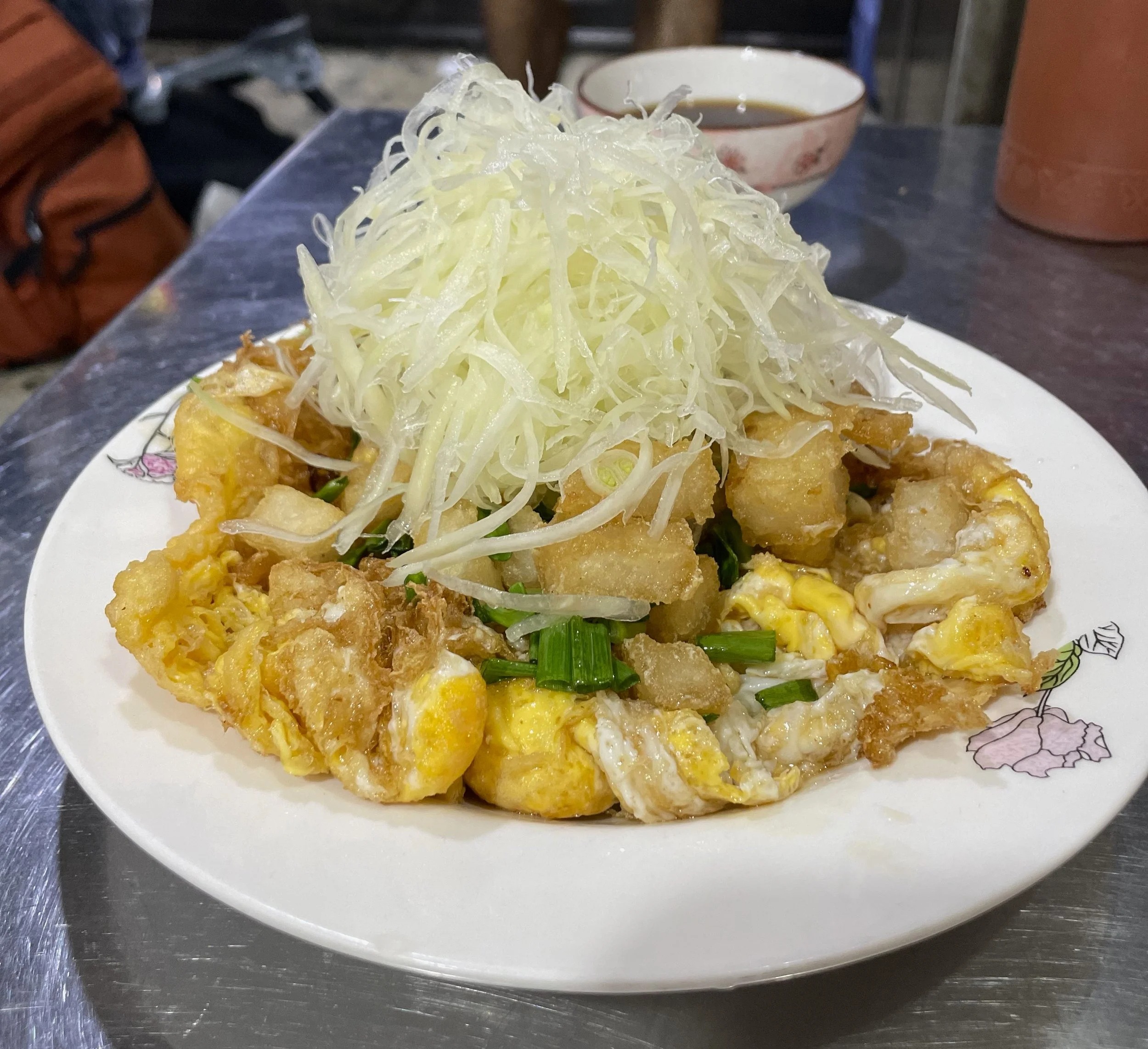As I was making my Sunday rounds at the markets, I spotted a beautiful bunch of baby carrots and immediately I just wanted them to roll around in a warm bath of salted butter, cumin, and a titch of honey. So that’s just what I did.
Cumin is not only my favourite spice, but also a historically important one that has been used for thousands of years. Despite some articles you may have read, cumin, the brown little wormy-looking seeds, which are readily available in markets and supermarkets, is not the same spice used in the mummification process of ancient Egypt. This type of cumin is known as Nigella Sativa or black cumin and has nothing to do with the brown cumin that is common in Latin, Indian, and Middle Eastern cuisines.
From feasts in northern Iraq around the 9th Century to Ancient Greece and the Roman Empire, cumin has been documented to be used widely as a flavouring and natural medicine to cure or ease a variety of ailments such as digestive problems. From its origins in Mesopotamia, cumin moved through Europe as a spice, a medicine, and even as a currency in Medieval England where it was used to pay rent.
The Colombian Exchange, instigated by Italian Explorer Christopher Columbus began in the late 15th Century and initiated the transference of many food products from the old world to the new and vice versa. Animals, plants, cotton, sugar, and spices were some of the products that were traded along this route, cumin was one of them that made the voyage and embedded itself into a variety of cuisines in the Americas.
Despite being known as a spice, the cumin seed is actually a fruit derived from a small flowering plant technically known as Cuminum cyminum and is from the same family of dill, parsley, and carrot (no wonder they go so well together!).
The ‘roasty’ flavour of cumin has a slightly citrus tang on the tongue combined with warmth like cinnamon and invites complimentary spices like coriander, chilli, and turmeric. It is commonly used in savoury dishes but adds a wonderful layer of flavour to sweet dishes as well.
It is a small but powerful seed that helps stimulate digestive enzymes, aids the body in absorbing minerals, and is also known as an anti-inflammatory. Hot cumin water with a dash of honey is a wonderful way to start the day. It is also an element of modern-day pharmaceuticals and is used in aromatherapy.
From Mexico to India, Greece, and Turkey, cumin is one of the most widely used spices in cuisines around the world and adds a unique profile to any dish whether it be a soup, tagine, salad, or even tea!
Cumin is predominately grown in India, providing 70% of the seed to the world, however, it is also cultivated in North Africa, Turkey, the Mediterranean, Mexico, and the Middle East.
Cumin was and still is an extremely important commodity that can be grown in arid to semi-arid terrain, which allows it to be subject to sustainable agricultural practices. It is, however, an extremely labour-intensive crop that is usually hand harvested 120 days from when the seed is planted.
As with all ingredients put down before us, we should celebrate the history and the people who made it possible for us to be exposed to such diverse ingredients wherever we are in the world. Cumin, one of the first written recorded spices in the world is a special one and I encourage you to experiment with incorporating it in a recipe or two, enabling you to understand its wonderful flavour, warmth, and diversity.











